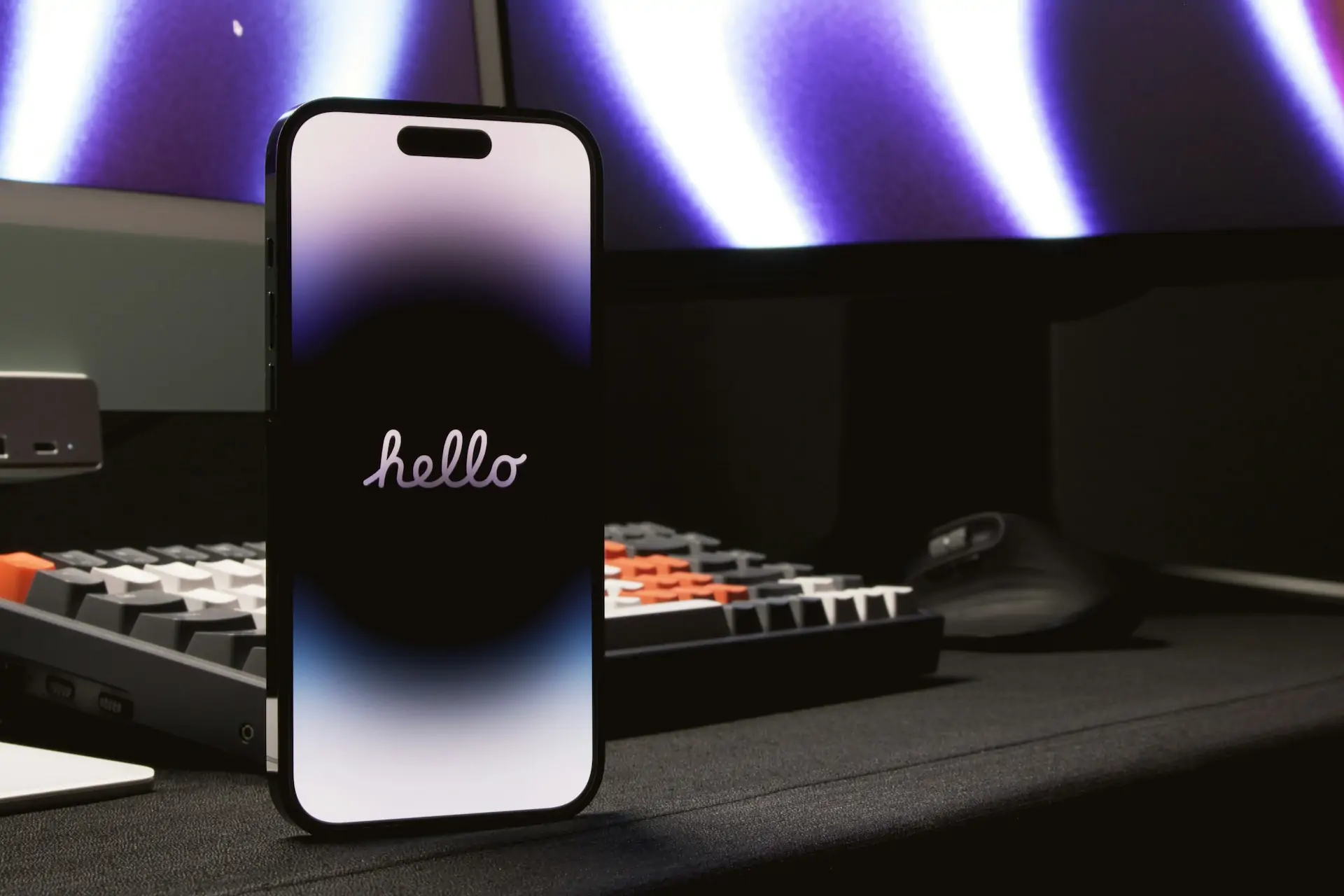Apple is preparing to launch one of the most visually striking updates in its design history — a new interface style called liquid glass. Set to debut at WWDC 2025, this fresh design language will redefine the look and feel of Apple’s software across the new (and version bumped) iOS 26, iPadOS 26, macOS 26, visionOS, and more. Sleek, translucent, and immersive, liquid glass marks Apple’s most ambitious UI evolution in over a decade.
From Skeuomorphism to Liquid Glass
Apple’s design journey has always mirrored its technological leadership. When the original iPhone launched in 2007, its software mimicked the real world — skeuomorphic icons and interfaces designed to feel familiar. The Notes app looked like a legal pad, Game Center was a felt casino table, and Podcasts looked like an old tape deck.
Then came iOS 7 in 2013, when Jony Ive led Apple into the age of “flat design” — minimalist, vibrant, and built for digital fluency. That aesthetic became the foundation of Apple’s interface philosophy for over a decade. Now, Apple is turning another page with liquid glass, a design style that reintroduces depth, translucency, and subtle realism — but through a thoroughly modern lens.
What Liquid Glass Brings to the Table
Liquid glass is defined by high-gloss, semi-transparent elements that create a sense of fluidity and polish throughout the interface. Toolbars, in-app panels, buttons, and system overlays will now appear layered, glass-like, and softly illuminated.
Unlike the older skeuomorphic textures, this is not about imitation but suggestion — a visual metaphor that emphasizes elegance and cohesion without clutter. Alan Dye, Apple’s vice president of Human Interface, is expected to present the new style at WWDC 2025. Early glimpses suggest that liquid glass will appear not only in iOS 26, but will span Apple’s entire ecosystem — from iPad and Mac to CarPlay and Vision Pro.
This isn’t just a facelift for iPhones. Liquid glass is Apple’s first fully synchronized visual language across all its platforms since flat design was introduced. From the Apple Watch to Apple Vision Pro, users will encounter the same polished UI principles — consistent transparency, depth, and sheen. Developers will benefit too. A unified design across platforms means better tools, cleaner documentation, and more consistency in UI components across devices.

Designed for the Future: Glasswing and Beyond
Perhaps the most intriguing part of Apple’s new design direction is what it signals for the future. Internally, Apple is already working on a 2027 flagship iPhone codenamed Glasswing — a reference to the glass-winged butterfly. Glasswing will feature curved glass edges, ultra-slim bezels, and a completely immersive display with no notch or cutout. The design complements the liquid glass interface perfectly, suggesting that Apple’s hardware and software are being developed hand-in-hand for the next design leap.
In this context, liquid glass isn’t just a UI refresh — it’s a visual blueprint for the future of Apple Hardware.
More Than Looks: Strategy and User Impact
Some critics have noted that this year’s WWDC may feel light on artificial intelligence breakthroughs — an area where Apple is widely seen as lagging behind rivals like OpenAI and Google. Compared to those companies’ AI-first strategies, Apple’s focus on polish and integration might seem conservative.
But this is Apple’s playbook: build durable systems, refine user experience, and roll out paradigm shifts only when the ecosystem is ready. Liquid glass is not Apple ignoring AI — it’s Apple reinforcing its design DNA while preparing to layer intelligence on top of a polished base.
For everyday users, this translates to a more immersive, elegant, and visually satisfying experience. Interacting with apps will feel more tactile, with subtle layers and effects that guide focus without distraction. Animations are expected to be more fluid, depth cues more natural, and transitions smoother. This is Apple doing what it does best: making technology feel human, even magical.
Looking Ahead
As Apple prepares to introduce liquid glass to the world, it’s not just redesigning the surface — it’s setting the stage for a multi-year transition that will shape devices, experiences, and user expectations.
With WWDC 2025 just days away, anticipation is high. And if history is any guide, liquid glass may become more than just a design theme — it may define the next generation of Apple.




